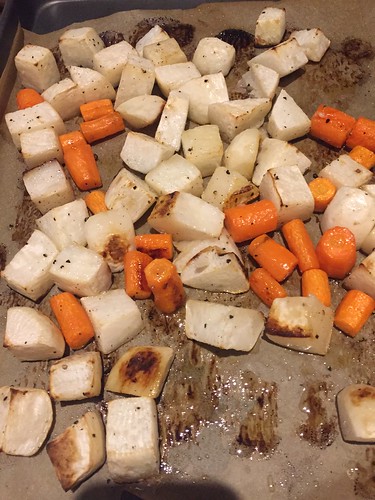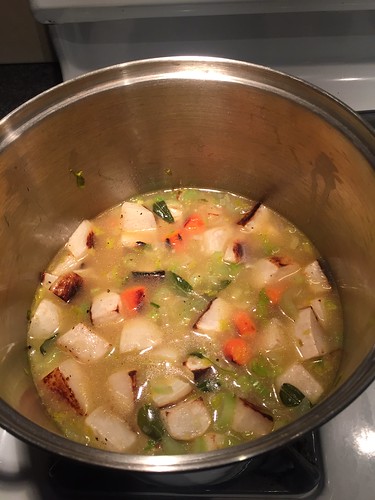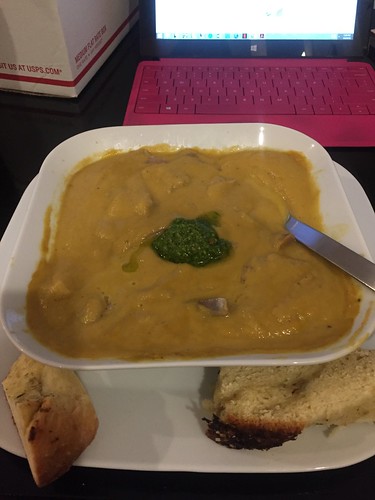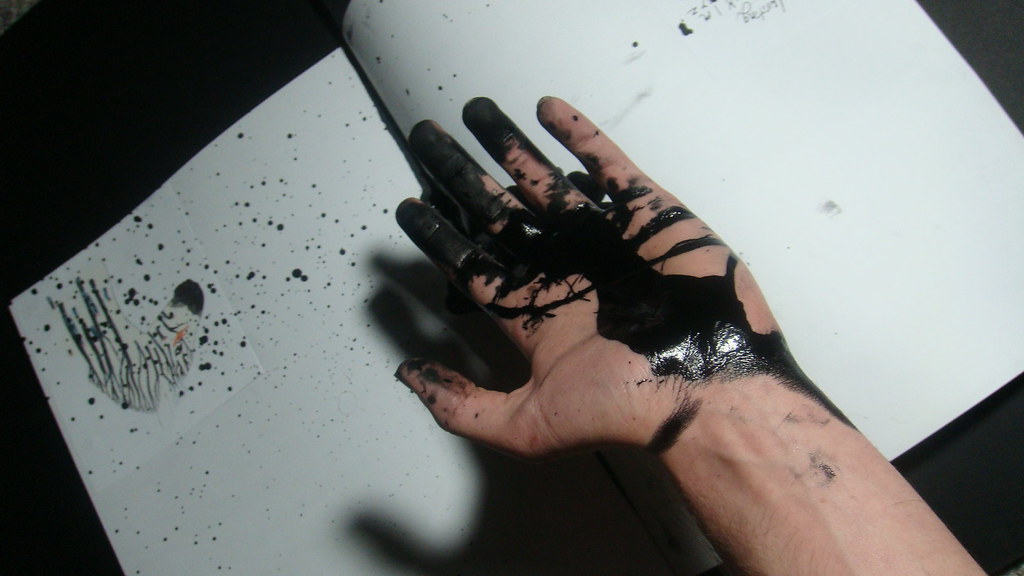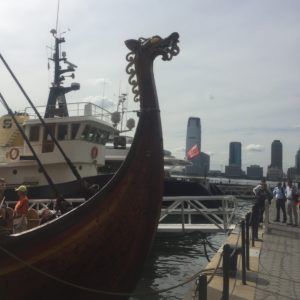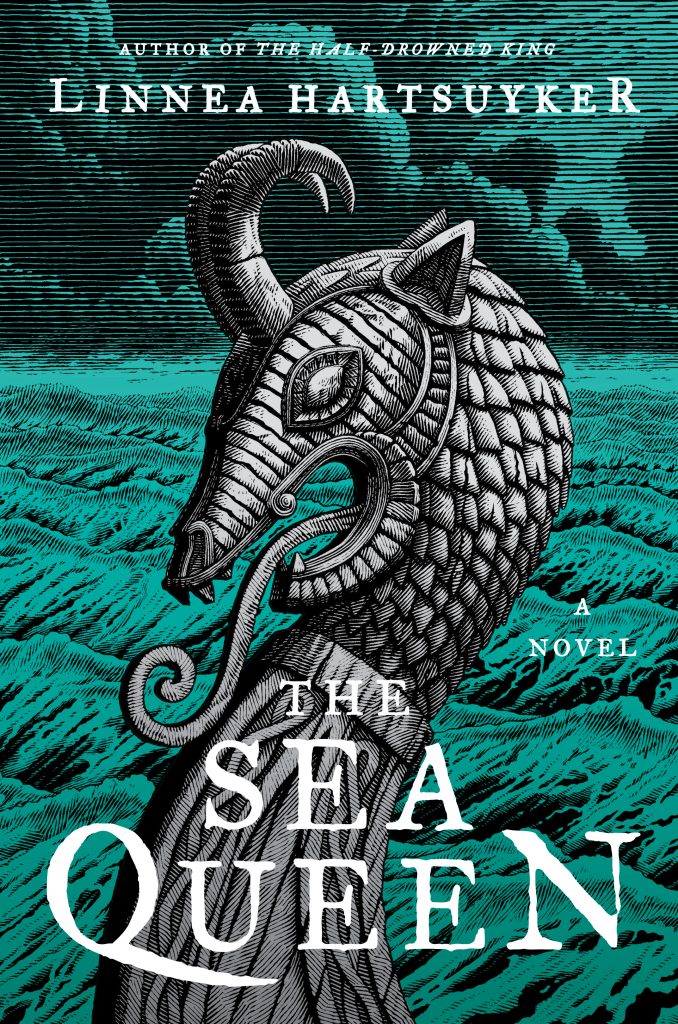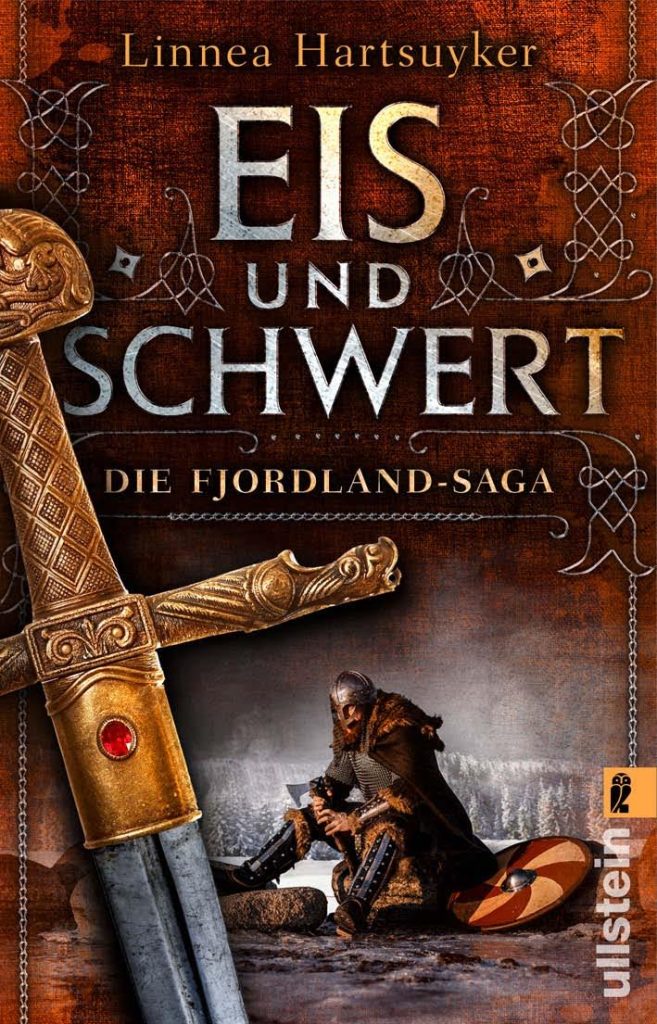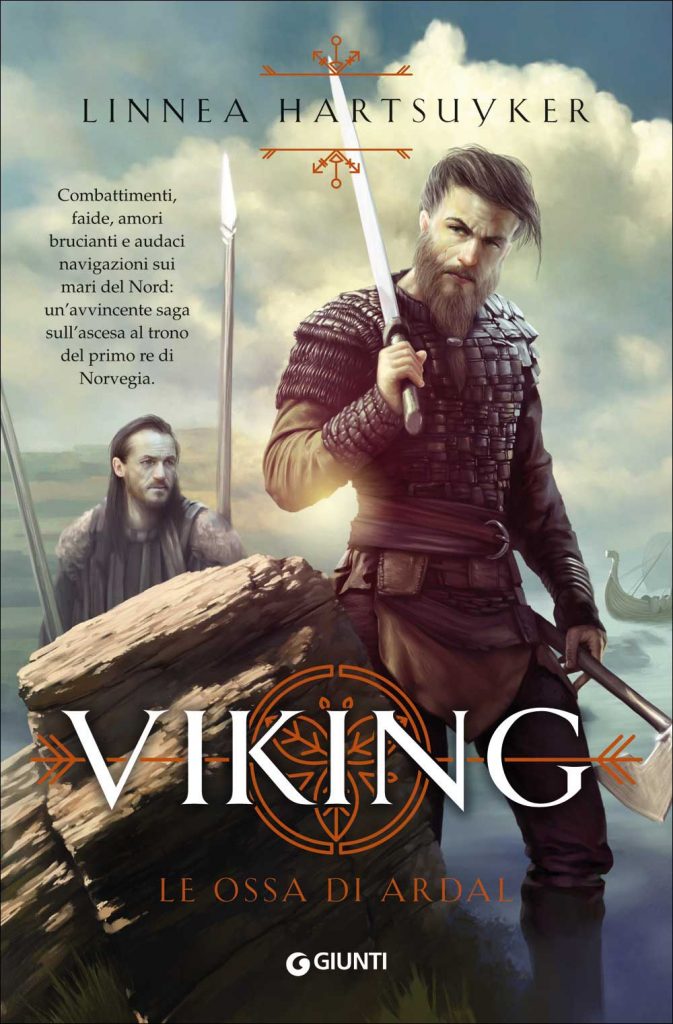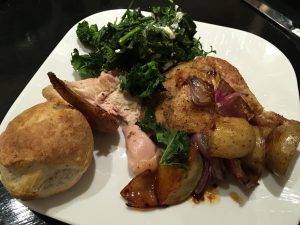This week I read a fascinating essay called The good guy/bad guy myth: Why is pop-culture obsessed with the battle between good and evil and you should read it too. While the author does get the date of the Icelandic Eddas wrong (they were written in the early 13th century), everything else is wonderful and thought-provoking.
The author says:
In old folktales, no one fights for values. Individual stories might show the virtues of honesty or hospitality, but there’s no agreement among folktales about which actions are good or bad. When characters get their comeuppance for disobeying advice, for example, there is likely another similar story in which the protagonist survives only because he disobeys advice. Defending a consistent set of values is so central to the logic of newer plots that the stories themselves are often reshaped to create values for characters such as Thor and Loki
I think this is so central to what I find very shallow about so much pop culture. There is a lot to love about Lord of the Rings, though also a lot of racism, but what is interesting about it to me is not the battle against Sauron, but how different flawed characters approach that battle. In fact, the story ends up rising above a boring good vs. evil story at the end with Gollum’s decisive move, and no one emerges unscathed or uncorrupted by their battle with evil. (Except Sam, but that’s okay. Sam is the best.)
What is good? What is evil? Most humans, even humans who do awful things, are usually trying to do what they think is right for themselves, and even for others, though how they define the others they are willing to help, and the others they are willing to harm, can be incredibly dangerous. In fact, as this essay argues, good vs. evil stories set up an easy way to make the other side into faceless evils that we can kill with impunity. Defining people as good vs. evil is not only boring storytelling, it paves the way for atrocities done in the name of good.
What is good? Is it someone who has never done a bad thing in their life? That sort of thinking leads to purity politics, where we can never support or accept anyone who has done the slightest thing wrong, and so we are exempted from supporting anyone.
What is evil? Can evil become good if they are very sorry for it? Is being sorry enough? That sort of thinking leads to communities where if the perpetrator apologizes for sexual abuse, then it can never be spoken of again, and they can offend again. Also, if evil is always the “other” then it makes it very hard for us to see our complicity in harmful systems.
Should good triumph and evil lose? Stories where that is consistently the case lead to a dangerous belief in a “just universe”, which further leads to societies punishing those with misfortunes, and rewarding those who have already been given much. The American hostility to universal healthcare comes from this “just universe” idea, because if people wanted healthcare, they should have made every choice right and had enough money to afford it. Understanding that the universe is unjust allows us to be more charitable to those who have suffered.
I can see the attraction of good vs. evil stories, but they are a way of hiding from the complexity of the world. While I grew up on fantasy novels, I often do find the villains in them very tiresome. They are evil and proud of it, and sometimes sexual abusers of children as well, and, not to make light of such a difficult subject, but they are dull, dull, dull. The reason that people get away with doing horrible things is usually because they are “good people” as we judge such things in other parts of their life. People deny crimes happening in front of them for decades because of entrenched power structures, yes, but also because we’ve been trained to believe that people who do awful things are different from us in some fundamental and easily-recognized way.
This, I think, is one of the reasons I’ve been drawn to writing historical fiction. I don’t pretend that the characters I’ve created are anything like the “real” people from history who they are based on, but I have tried to be true to the idea that they all have reasons for doing what they do besides being eeeeeevil (or good). What I have tried to do, and I think mostly succeeded at doing, is giving (almost) every character in my novels, even the antagonists, recognizable and understandable motivations. And with the ones that don’t it’s because they don’t have enough screen time for me to develop complex motivations.
The essay above details the historical shift that led to giving almost every story and folk tale a good versus evil component, which came about with the rise of nations and nationalism. There was a strong nationalistic motivation to create a national mythology that held up good, national values, and led to the othering of people of different nations, and sub-groups within those nations, like Jews and Traveling People.
Literature, pop-culture, storytelling always has a political and moral component. I don’t think this has to be overt, and, you will not be surprised to learn, I think it’s dangerous and wrong to cast certain people as evil and certain people as good in literature. It seems inescapable these days, especially in “big” stories. It’s worth remembering that we come back to folk and fairy tales not because good is rewarded and evil is punished, though sometimes it can look that way, but because they tell us a story that uses symbols that resonate with psychological truths. (See The Uses of Enchantment for more.)
If there’s one thing that I am trying to do in my books, and hope to do for my entire writing career, it’s to show that different people have different perspectives, desires, and values. That everyone in a situation can have a good reason to do what they do, and still fall into conflict and tragedy. That perhaps we never fully understand each other, but there is good reason to try. That even with those differences, as humans there are basic things we want all, like love and independence, self-determination and safety, survival and meaning. It is the work of a lifetime to find the balance between those things, and it is always complex. Stories that tell us it is simple do us a disservice.





